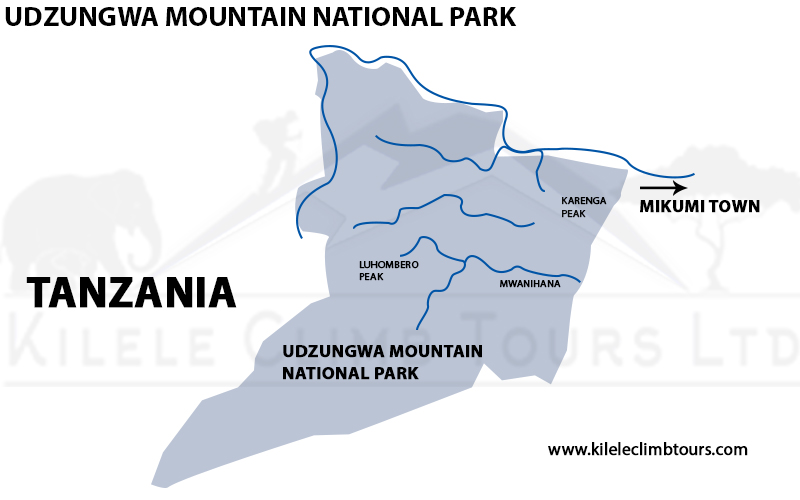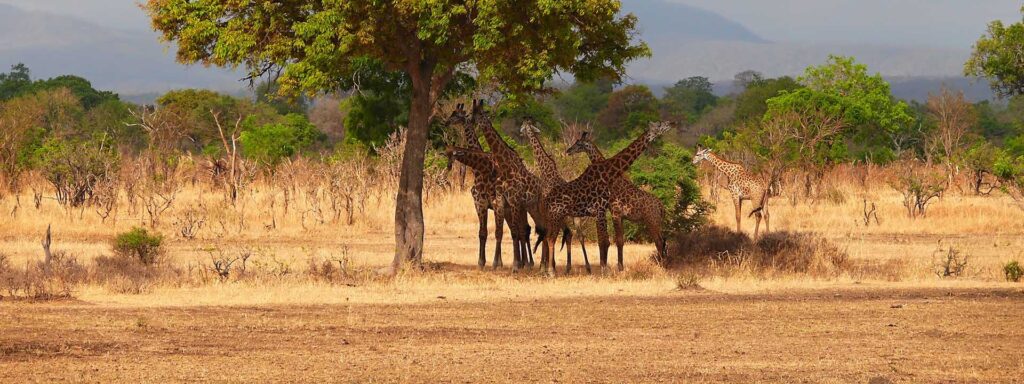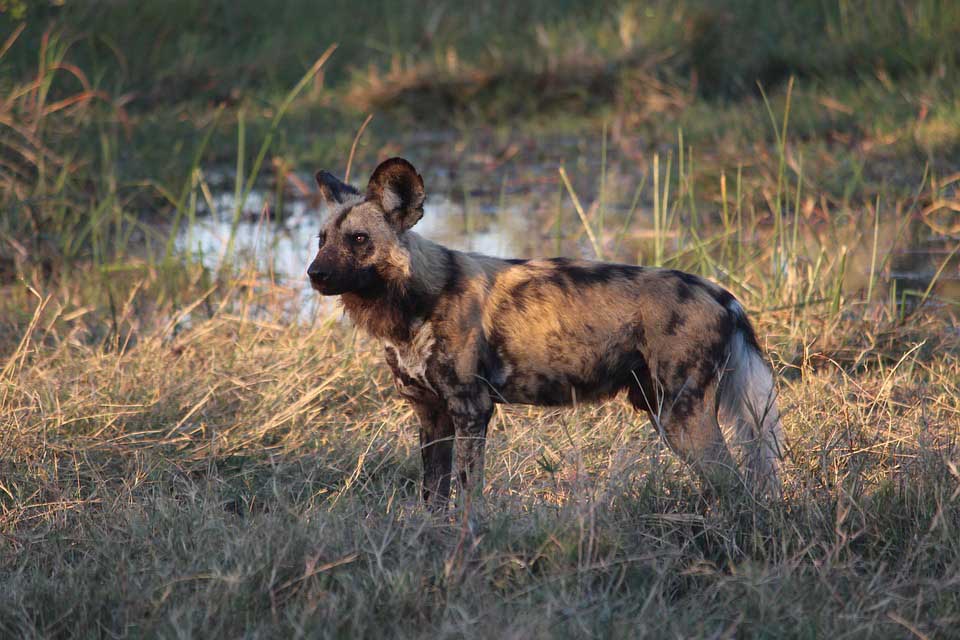Udzungwa Mountains National Park
World Biodiversity Hot spots
Udzungwa Mountains National Park
Udzungwa Mountains National Park was established in 1992 and officially opened by the former President and founder of WWF (World Wildlife Fund for Nature) Prince Bernhard of the Netherlands. The word “Udzungwa” comes from the word “Wadsungwa” referring to one of the native sub-tribes of the “Hehe” people who once lived on the slopes of the mountains.
The park covers an area of 1990km2 where geographically, 20% of the total area lies in the Morogoro region while the remaining 80% is in the southern highland region of Iringa.
Info About Udzungwa Mountains National Park
- Area: 1,990 km² / 770 mi²
- Established: 2005
- Location: Morogoro & Iringa Regions, Tanzania
- Distance & Drive time: Dar es Salaam 380km/236mi takes about a 7-hour drive.
How To Get There
By road network from Dar es Salaam (380km) as well as Arusha, Kilimanjaro and Mbeya. There are two airstrips Msolwa and Kilombero which can be used by tourists through air transport before they connect using hired vehicles to the park’s main gate.
Best Time for Park Visit
Dry season (June – September) and wet season (November – March) when wildflowers are flourishing and plentiful of butterflies. For bird watchers, December – February is their best time as most migratory birds are nesting in the park.
Park Attractions
These are places of interest inside the park, where tourists can visit, typically for their inherent or exhibited natural or cultural value, historical significance, and natural or built beauty, offering leisure, adventure, and amusement.
Waterfalls
The park has a lot of natural waterfalls as river streams are flowing producing fascinating sounds in the heavy forest.
Natural trails for hiking
The Park offers the chance to go summit the highest peaks of Luhomero and Mwanihana. The activity can best be carried out throughout the year, but the dry season is the most convenient time for most mountain climbers.
Reptiles and Amphibians
Reptiles and Amphibians with the endemic Udzungwa lizards (Cnemaspis Udzungwae) and Phrynobatrachus Udzungwensis together with endemic chameleon (Bearded pygmy chameleon).
Tropical Rain forest
Tropical Rainforest with 2500 different plant species including three endemic plants and 160 plant species of medicinal value.
Sanje Crested Mangabey and Iringa Red Colobus Monkeys
Eleven primate species with two being endemic (Sanje Crested Mangabey and Iringa Red Colobus Monkeys).
Activities
The park has various tourism activities that visitors can do during their stay. These activities include; Mountain Climbing to the highest Peaks of Mwanihana (2500m/8202ft AMSL) and Luhomero (2576m/8451ft AMSL), Bird Watching, Swimming, Nature Walks in the Forest and Waterfalls, Picnicking, Filming, Cycling (Organized by the Park and carried outside the Park), Camping and Cultural Tourism.
Mountain Climbing
Mountain climbing – Offers the chance to go summit the highest peaks of Luhomero and Mwanihana. The activity can best be carried out throughout the year, but the dry season is the most convenient time for most mountain climbers.
Bird watching
Bird Watching – Done along all trails, roads, and entire forest where most bird species (native and migratory) depending on seasonal variations, availability of food and materials for nesting can be seen. The endemic Udzungwa Forest Partridge and Rufous Winged Sunbird can be seen through specific details of their location and behavior provided by the park guides.
Photographing and Filming
It is also the most recreational activity that can be done throughout the year, the best quality photos and films require a silent and calm environment (out of human activities if it is all about nature) thence in all cases, the activities are recommended. During short rains, photographic safaris can be more exciting in the park as it is the time when wildflowers flourish and there is an abundance of butterflies. Moreover, most migratory birds can be seen during this time which is between December and February.





